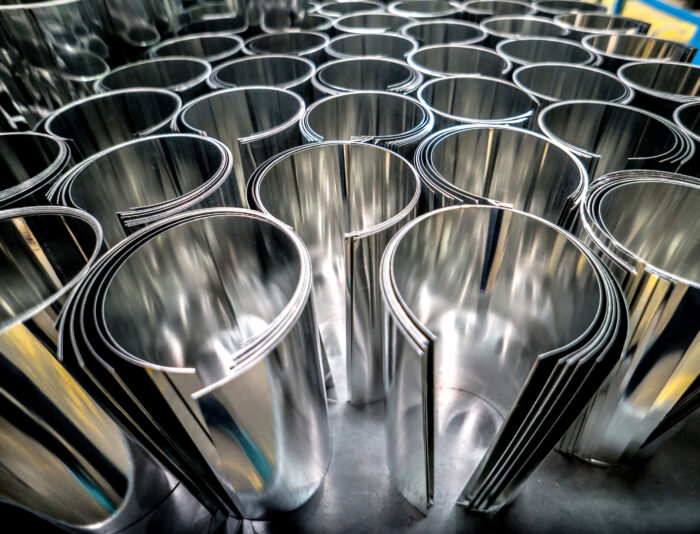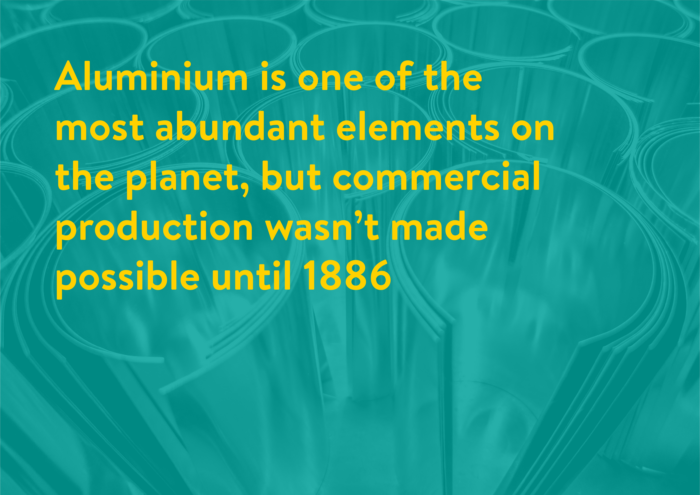This website uses cookies so that we can provide you with the best user experience possible. Cookie information is stored in your browser and performs functions such as recognising you when you return to our website and helping our team to understand which sections of the website you find most interesting and useful.

Modern metals: Aluminium
Metals: Pioneering Materials
Aluminium is one of the most abundant elements on the planet, making up around 8% of the Earth’s crust. Although it is one of the most widely used metals in the world, it took centuries for scientists to isolate the naturally occurring aluminium compounds found in rocks, clay and soil.
This changed in the late 1820s when the first lumps of aluminium in the form we know it now were produced by heating potassium amalgam with aluminium. Its production, however, was still far too expensive and was used only as a luxury metal. With a cost higher than gold, members of high society
would display aluminium items to impress their guests.

Aluminium sheets are used to manufacture a vast
range of products we use each day

Commercial production of aluminium at scale was only made possible by the discovery of the Hall-Héroult process in 1886. This uses an electrical current to cause a chemical reaction which releases aluminium from its ore. With the widespread adoption of electricity during the 1900s, aluminium became cheaper to extract and this previously exclusive luxury metal became the most widely used non-ferrous1 metal in the world.
The invention of the microscope helped us understand the properties of this ‘new’ metal. It was observed to be lightweight, strong, malleable, conductive2, and resistant to corrosion. These properties make it ideal for a wide range of applications from cookware to food packaging, electronic goods, vehicles, aircraft and even spaceships. Aluminium was the lightweight, corrosion resistant metal that many important technologies had been waiting for!
Footnotes
1. Non-ferrous metals are metals or alloys that do not contain iron in appreciable amounts.
2. Conductivity is a measure of the ability of a material to transmit heat, electricity, or sound.

